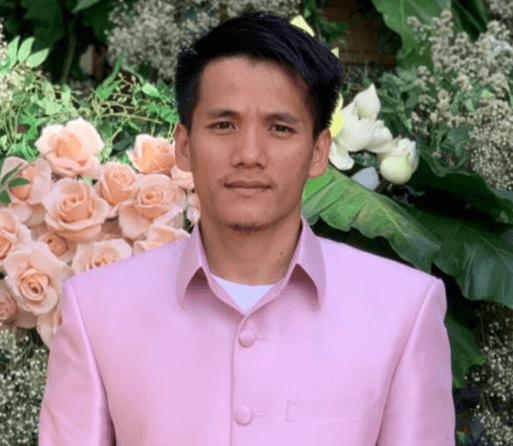Cambodia – Getting to know Tonlé Sap Lake
Tonlé Sap is one of the most fish abundant lakes in the world, and supports 360 floating villages and thousands of waterbirds. It’s easily reached from Siem Reap as a day trip, or you can travel through on a boat trip from Phnom Penh to Siem Reap and the Angkor temples. The lake’s Prek Toal bird sanctuary is home to dense flocks of hundreds of resident and migrant bird species, as well as crocodiles and giant fish.
Cambodia Tonlé Sap Lake Travel Guide
The Tonlé Sap is a unique, natural wonder of the world – it’s relatively small for most of the year, but during rainy season, the river that flows out of it reverses direction, flooding the lake and increasiong its size almost tenfold to become the largest freshwater lake in South-East Asia. Thanks to this, the Tonlé Sap is one of the most fish abundant lakes in the world, and the sediment deposits left behind by the annual floods also create fertile ground for agriculture.
It is no surprise that one of Asia’s greatest ancient civilisations developed near this lake, and today much of Cambodia’s livelihood still depends on its output.
What to do on and around Tonlé Sap
Visit the floating villages that are moored around the lake to witness Cambodian culture outside the cities. Alongside the floating houses, you’ll discover shops, schools, temples and even churches!
Preak Toal sanctuary is guaranteed to entertain and impress the novice every bit as much as the expert twitcher.
If you visit between August and February, when water levels allow it, you can explore Kampong Phluk, the flooded forest. Easily packed into a morning, travel by local boat and pass amongst the tree-tops of this remarkable submerged forest. Enjoy a swim, or stay on board and sample local fruits or fish being sold by the local fishermen.
Prek Toal sanctuary
Technically it’s a fish sanctuary, but the birdlife supported by this UNESCO biosphere is phenomenal. In just one visit we spotted Pelican, Painted Stork, Brahiminy kite, Grand Marabout, White Throated Kingfisher, Purple Swan Hen and Black Head Ibis. Ideally visited between November and January, and your day’s itinerary will depend on the water level, since the time required to reach the bio-sphere core varies greatly throughout the year.
Unique natural phenomenon
In early June, as the annual rainy season begins, the Mekong River’s water level rises substantially enough to divert part of its flow off course and up into the Tonlé Sap River. By early November, the water level has risen so much that it exerts enough pressure against the flow of the Tonlé Sap to change its direction, flooding the lake and bringing rich sediment to its floodplain. The Cambodians celebrate the event with the Bon Om Dteuk – ‘Water Festival’.
Speak to someone who's been there

Cambodia ⟩ Tonlé Sap Lake
Cambodia ⟩ Ratanakiri
Cambodia ⟩ Angkor Temples
Cambodia ⟩ Takeo
Cambodia ⟩ Stung Treng
Cambodia ⟩ Sihanoukville
Cambodia ⟩ Siem Reap
Cambodia ⟩ Sen Monorom
Cambodia ⟩ Preah Vihear
Cambodia ⟩ Kratie
Cambodia ⟩ Kep
Cambodia ⟩ Kampot





